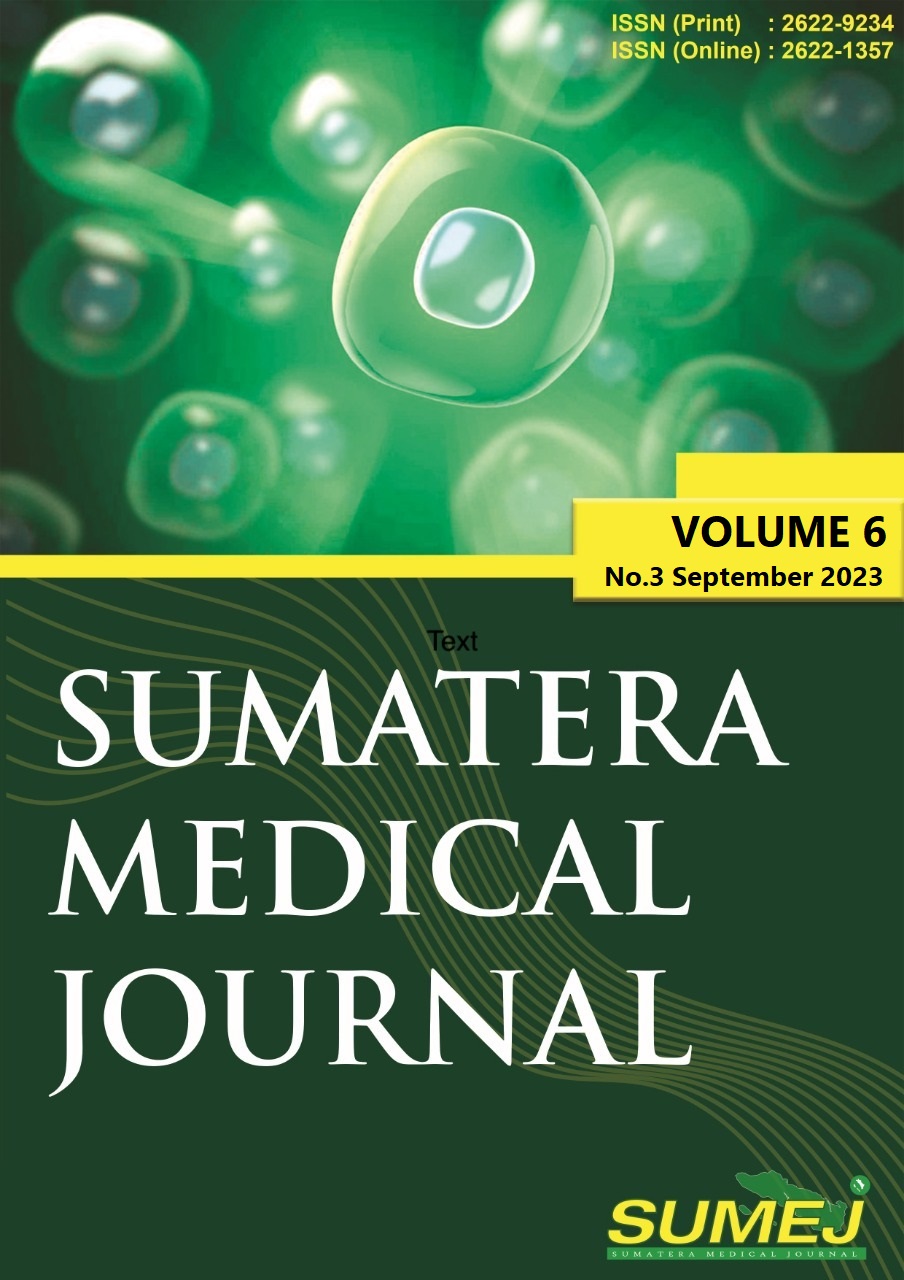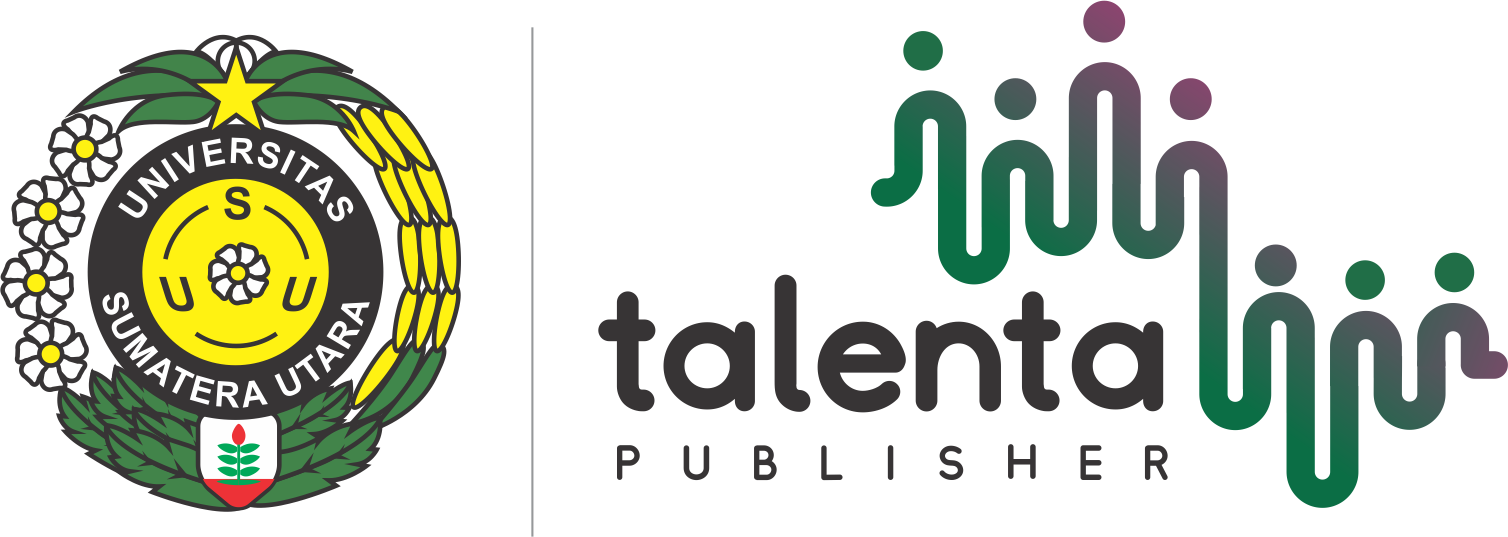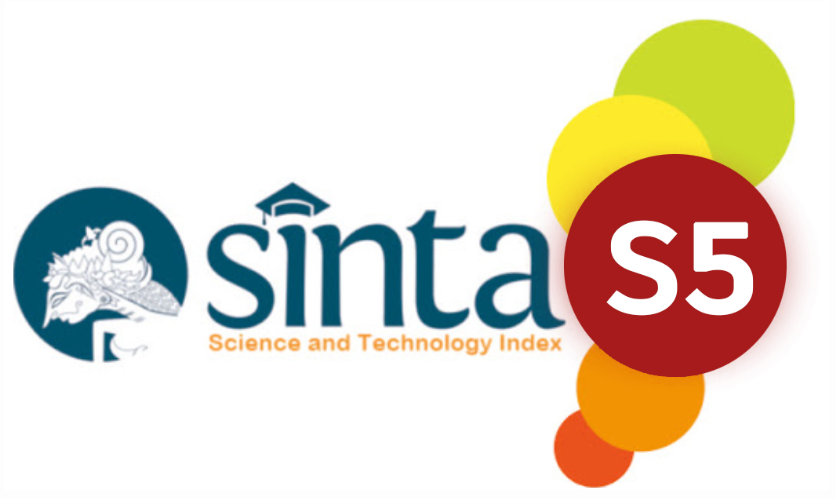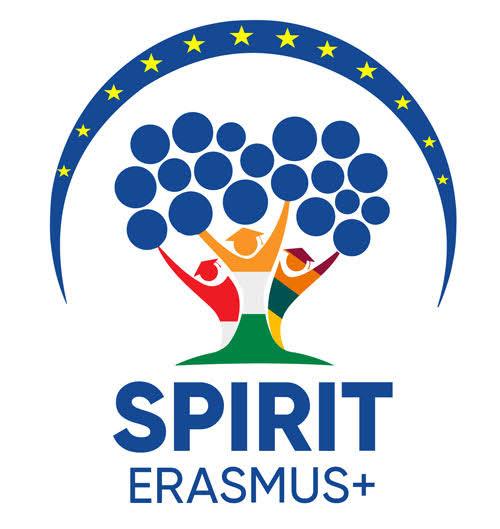Cancer-Related Visits to the Emergency Department: Trends and Patient Characteristics at Adam Malik General Hospital Medan
DOI:
https://doi.org/10.32734/sumej.v6i3.12830Keywords:
cancer patient, characteristics, emergency, malignancyAbstract
Background: The prevalence of cancer cases globally is increasing rapidly, especially in emergency department (ED) visits. Usually, cancer patients come for acute signs and symptoms of a still undiagnosed malignancy, management of treatment-related side effects, co-morbidities, and palliative care. Objective: To identify the demographic characteristics of cancer patients, reasons for ED visits, and associated factors of oncologic patients. Methods: A prospective cross-sectional study was conducted from July 2022 - June 2023 at the ED of H. Adam Malik Hospital Medan with 392 oncologic patients. Data were collected using the Integrated System Application of Hospital (STARS) database. Results: The percentage of women (69%) was two times higher than men (31%), with 82% being 18- 64 years old. Breast was the most common location of malignancy for 21.4%, followed by gastrointestinal malignancy for 20.1%. The most common reason for ED visits was pain, followed by gastrointestinal symptoms. The ratio of patients who were discharged and hospitalized was 50:50, while the mortality rate was none. Conclusion: The most common primary diagnosis was breast malignancy in women and gastrointestinal malignancy in men. The majority of ED visits were for the management of treatment-related side effects and palliative care.
Downloads
References
Lash RS, Bell J, Whitney RL, et al. Emergency department use and expenditures among cancer survivors in the United States, 2008–2011. J Clin Oncol. 2014;32(Suppl):abstr 3.
Lash RS, Bell JF, Reed SC, et al. A systematic review of emergency department use among cancer patients. Cancer Nurs. 2017;40:135–44.
Rondeau DF, Schmidt TA. Treating cancer patients who are near the end of life in the emergency department. Emerg Med Clin North Am. 2009;27:341–54.
Vandyk AD, Harrison MB, Macartney G, et al. Emergency department visits for symptoms experienced by oncology patients: a systematic review. Support Care Cancer. 2012;20:1589–99.
Barbera L, Taylor C, Dudgeon D. Why do patients with cancer visit the emergency department near the end of life? CMAJ. 2010;182:563–8.
Delgado-Guay MO, Kim YJ, Shin SH, et al. Avoidable and unavoidable visits to the emergency department among patients with advanced cancer receiving outpatient palliative care. J Pain Symptom Manage. 2015;49:497–504.
Rivera DR, Gallicchio L, Brown J, et al. Trends in adult cancer-related emergency department utilization: an analysis of data from the Nationwide Emergency Department Sample. JAMA Oncol. 2017;3:e172450.
Oster A, Bindman AB. Emergency department visits for ambulatory care sensitive conditions: insights into preventable hospitalizations. Med Care. 2003;41:198–207.
Ho V, Metcalfe L, Dark C, et al. Comparing utilization and costs of care in freestanding emergency departments, hospital emergency departments, and urgent care centres. Ann Emerg Med. 2017;70:846–57.e3.
Bamezai A, Melnick G, Nawathe A. The cost of an emergency department visit and its relationship to emergency department volume. Ann Emerg Med. 2005;45:483–90.
Higdon ML, Higdon JA. Treatment of oncologic emergencies. Am Fam Physician. 2006;74(11):1873–80.
Bray F, Ferlay J, Soerjomataram I, et al. Global cancer statistics 2018: GLOBOCAN estimates of incidence and mortality worldwide for 36 cancers in 185 countries. CA Cancer J Clin. 2018;68(6):394–424.
Sung H, Ferlay J, Siegel RL, et al. Global cancer statistics 2020: GLOBOCAN estimates of incidence and mortality worldwide for 36 cancers in 185 countries. CA Cancer J Clin. 2021;71(3):209–49.
Pearce A, Haas M, Viney R, et al. Incidence and severity of self-reported chemotherapy side effects in routine care: a prospective cohort study. PLoS One. 2017;12(10):e0184360.
Panattoni L, Fedorenko C, Greenwood-Hickman MA, et al. Characterizing potentially preventable cancer- and chronic disease-related emergency department use in the year after treatment initiation: a regional study. J Oncol Pract. 2018;14(3):e176–85.
Smulowitz PB, Honigman L, Landon BE. A novel approach to identifying targets for cost reduction in the emergency department. Ann Emerg Med. 2013;61(3):293–300.
Tang N, Stein J, Hsia RY, et al. Trends and characteristics of US emergency department visits, 1997–2007. JAMA. 2010;304(6):664–70.
Roberts DC, McKay MP, Shaffer A. Increasing rates of emergency department visits for elderly patients in the United States, 1993–2003. Ann Emerg Med. 2008;51(6):769–74.
Ibanez B, James S, Agewall S, et al. 2017 ESC Guidelines for the management of acute myocardial infarction in patients presenting with ST-segment elevation. Eur Heart J. 2018;39(2):119–77.
Hsieh VC-R, Hsieh ML, Chiang JH, et al. Emergency department visits and disease burden attributable to ambulatory care sensitive conditions in elderly adults. Sci Rep. 2019;9(1):1–9.
Rivera DR, Gallicchio L, Brown J, et al. Trends in adult cancer–related emergency department utilization: an analysis of data from the Nationwide Emergency Department Sample. JAMA Oncol. 2017;3(10):e172450.
Downloads
Published
How to Cite
Issue
Section
License
Copyright (c) 2023 Sumatera Medical Journal

This work is licensed under a Creative Commons Attribution-NonCommercial-NoDerivatives 4.0 International License.
The Authors submitting a manuscript do so on the understanding that if accepted for publication, copyright of the article shall be assigned to Sumatera Medical Journal (SUMEJ) and Faculty of Medicine as well as TALENTA Publisher Universitas Sumatera Utara as publisher of the journal.
Copyright encompasses exclusive rights to reproduce and deliver the article in all form and media. The reproduction of any part of this journal, its storage in databases and its transmission by any form or media, will be allowed only with a written permission from Sumatera Medical Journal (SUMEJ).
The Copyright Transfer Form can be downloaded here.
The copyright form should be signed originally and sent to the Editorial Office in the form of original mail or scanned document.











